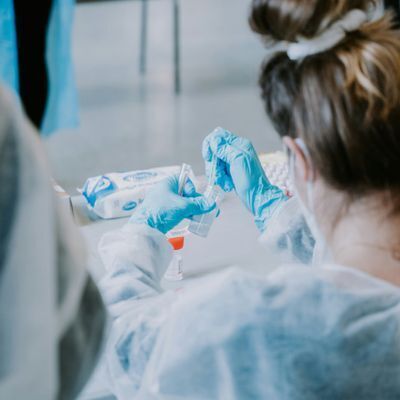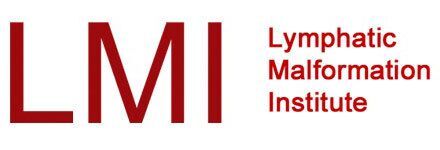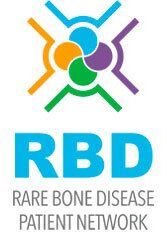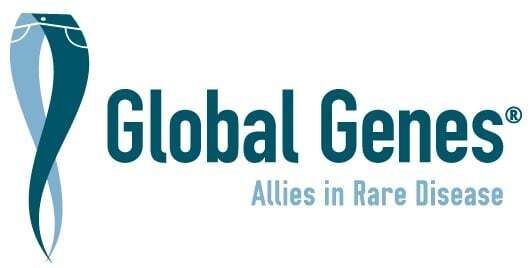
Science is an endless journey of discovery, where dedicated researchers tirelessly seek to unlock the secrets of complex medical conditions. Today, we dive into a groundbreaking project that's shedding light on a specific kind of lymphatic anomaly: EPHB4-associated lymphatic-related hydrops. This exploration is led by the brilliant Silva Martin Almedina, PhD, the recipient of the 2022 CLA Young Investigator Award is making significant strides in this field.
Collaborative Efforts at St. George's University of London
At St. George's University of London, a team of passionate researchers, clinicians, and therapists work in unison to tackle the enigma of primary lymphatic anomalies. These conditions, which affect the lymphatic system in various ways, demand a multidisciplinary approach. The team's mission is to improve diagnosis and treatment for those affected by these challenging disorders.
The Power of Genetics in Understanding Lymphatic Anomalies
A key aspect of their research revolves around identifying the genetic causes behind lymphatic anomalies. By developing a classification algorithm, they can categorize patients based on their symptoms and potential genetic causes. This approach has led them to focus on a group of patients with generalized lymphatic dysplasia, particularly those affected by EPHB4-associated lymphatic-related hydrops.
Decoding the Role of EPHB4
EPHB4, a protein that plays a crucial role in the lymphatic system, has been linked to a condition known as lymphatic-related hydrops in some families. This condition is characterized by abnormal fluid accumulation in the fetus and has been associated with a history of serious complications in affected families. Understanding how mutations in EPHB4 contribute to this condition is a critical step towards finding effective treatments.
The Path to Potential Therapies
The team has embarked on a journey to explore the functional implications of EPHB4 mutations. By developing in vitro models and conducting comprehensive studies, they aim to pinpoint the molecular mechanisms disrupted by these mutations. Their ultimate goal is to identify potential drugs that could correct the malfunctioning pathways caused by EPHB4 mutations, offering new hope for effective treatments.
Ongoing Research and Future Aspirations
Current findings suggest that EPHB4 mutations may disrupt crucial signaling pathways in the lymphatic system. The team is now exploring the possibility of using drugs called MEK inhibitors as a potential treatment for patients with these mutations. Their research continues with the development of new cell models and high-throughput drug screening, paving the way for innovative treatment options.
Conclusion
The journey of scientific discovery is driven by passion, collaboration, and an unwavering quest for knowledge. The work of Dr. Almedina and her colleagues at St. George's University represents a beacon of hope for those affected by lymphatic-related hydrops and other lymphatic anomalies. Their dedication and innovative research are invaluable in our pursuit of better treatments and improved patient outcomes.
Your support can make a difference. By contributing to this important research, you can help unlock new therapies and bring hope to countless individuals affected by these complex conditions. Join us in this mission and be part of a brighter, healthier future for all.










